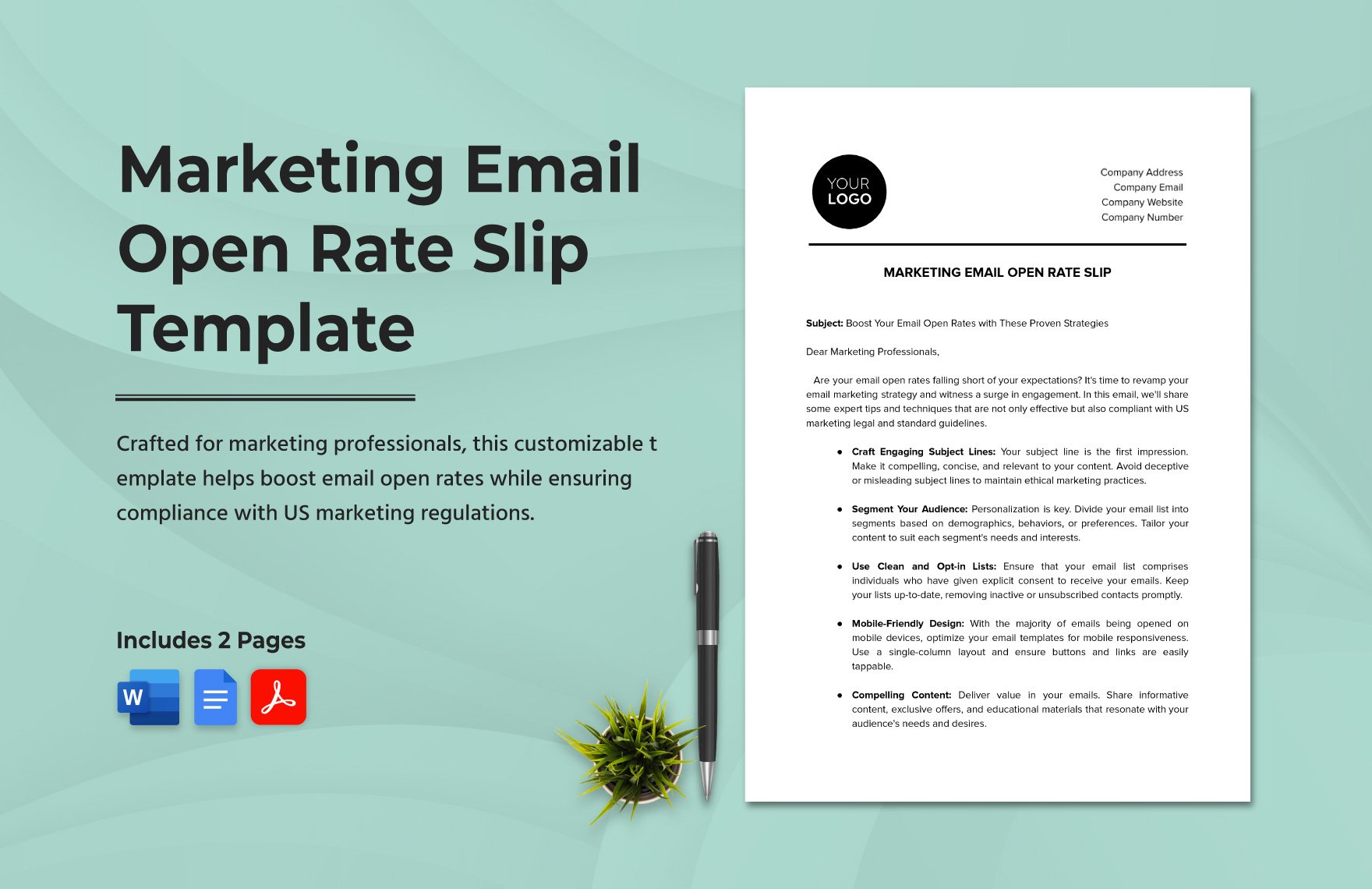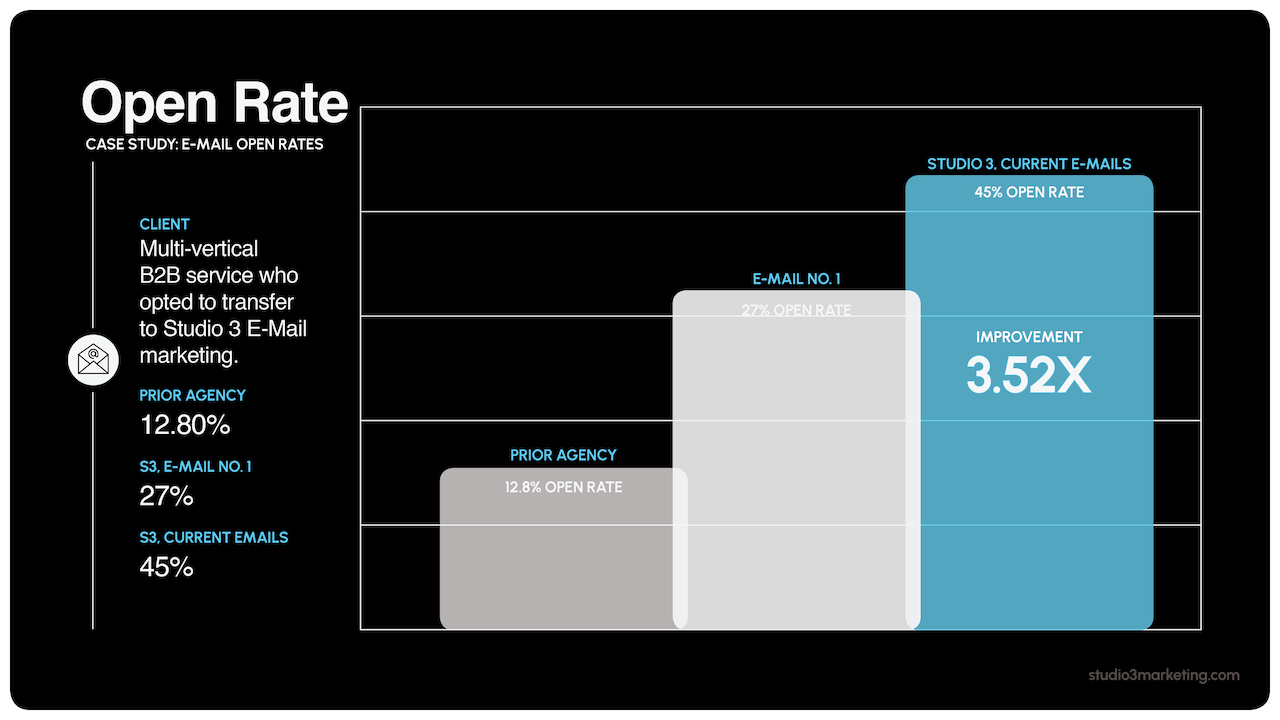Ever sent an email campaign and wondered if your open rates are where they should be? You’re not alone.
Knowing the standard open rate for email marketing can feel like having a secret weapon in your marketing arsenal. Imagine the confidence boost when you discover your numbers are right on target—or even better, surpassing industry norms! But here’s the catch: what exactly is that golden number, and how can you ensure your emails aren’t just sitting unopened in inboxes?
You’ll uncover the benchmarks for open rates, why they matter, and how you can optimize your strategy to boost those numbers even higher. Ready to unlock the potential of your email marketing? Let’s dive in and transform your open rates from good to great.

Credit: rdmarketing.co.uk
Email Open Rate Basics
Email open rates are crucial in email marketing. They show how many people view your email. Understanding this helps improve your marketing strategy. A good open rate means your email content and subject lines are engaging. Let’s explore the basics of email open rates.
Definition Of Open Rate
Open rate measures how often emails are opened. It’s calculated by dividing the number of opened emails by the number sent. This percentage shows the effectiveness of your email campaigns. A high open rate indicates successful engagement.
Importance In Email Marketing
Email open rates reveal user interest. High rates suggest your audience values your content. They help identify which emails attract attention. This insight guides future campaigns. It helps refine your approach to meet audience expectations. Regularly monitoring open rates boosts overall campaign success.

Credit: www.template.net
Factors Influencing Open Rates
Standard open rates for email marketing typically range from 15% to 25%. Factors like subject line, timing, and sender reputation can influence these rates significantly. Understanding your audience and crafting engaging content are key to improving open rates.
Understanding the factors that influence open rates is key to boosting the success of your email marketing campaigns. It’s not just about sending out emails; it’s about ensuring they get opened. Every element, from the subject line to the timing of your email, plays a crucial role. Let’s dive into these elements that can make or break your email marketing efforts.
Subject Line Impact
The subject line is your first impression. A compelling subject line can captivate your audience and entice them to open your email. Think about the last email you opened. Was it because the subject line piqued your curiosity? Aim for clarity and relevance. Include action words or questions to stimulate interest. A/B testing different subject lines can provide insights into what resonates with your audience.
Sender Reputation
Your sender reputation is like your credit score in the email marketing world. It determines whether your emails land in the inbox or the spam folder. If you’ve ever found an important email in your spam, you know how frustrating it can be. Maintain a clean list and avoid sending emails to unengaged subscribers. Consistency in sending valuable content builds trust and enhances your reputation.
Timing And Frequency
Timing can significantly impact open rates. Send an email at the wrong time, and it might get buried under a pile of others. When is your audience most likely to check their emails? Experiment with different times and track the results. Balance is key—send too often, and you risk being seen as spammy; too infrequently, and you might be forgotten. Find that sweet spot where you stay top-of-mind without overwhelming your subscribers.
Understanding these factors can transform your email marketing strategy. What changes will you make to improve your open rates? Dive into your metrics, test new approaches, and watch your engagement soar.
Industry Benchmarks
Email marketing is a powerful tool for businesses of all sizes. Understanding industry benchmarks helps measure success. Open rates indicate how engaging your emails are to recipients.
Average Open Rates By Sector
Different industries have varying open rate benchmarks. Retail often sees open rates around 15-20%. The finance sector usually has higher rates, often over 20%. Nonprofit organizations may experience open rates exceeding 25%. These averages help set realistic goals for campaigns.
Regional Variations
Open rates can differ by region. North America may show higher engagement due to email familiarity. European countries might have slightly lower rates, often due to stricter regulations. Asia often sees diverse open rates, influenced by cultural differences. Understanding these variations helps tailor email strategies.

Credit: www.studio3marketing.com
Improving Open Rates
Improving open rates in email marketing can boost engagement. It’s a key metric that shows the effectiveness of your campaigns. Understanding and using strategies to improve open rates can lead to better communication with your audience. Let’s explore some effective methods to enhance these rates.
Personalization Techniques
Personalized emails feel more connected. Use the recipient’s name in the subject line. This small touch grabs attention. Segment your audience based on preferences. Send tailored content to each group. Personalized emails often see higher engagement. They make the reader feel valued.
A/b Testing Strategies
A/B testing helps find what works best. Create two versions of your email. Change one element, like the subject line. Send each version to a small group. See which gets more opens. Use the winning version for the rest of your list. This method improves your email performance over time.
Optimizing Send Times
Timing can impact open rates. Send emails when your audience checks their inboxes. Test different times to see what works. Morning or early afternoon often works well. Analyze your past data for trends. Choose a time when your audience is most active.
Tools And Analytics
Email marketing can boost your business. Understanding the standard open rate is key. Tools and analytics help track and improve this rate. With the right platform and metrics, you can see what works best for your emails. These insights help you refine your strategies. Let’s explore some essential tools and analytics.
Email Marketing Platforms
Choose an email marketing platform wisely. Popular options include Mailchimp, Constant Contact, and Campaign Monitor. These tools offer user-friendly interfaces. They provide templates to create attractive emails. Platforms help segment your audience effectively. They allow you to personalize content. This boosts open rates significantly. Test different platforms to find the right fit.
Tracking Metrics
Metrics are vital in email marketing. Open rates show the percentage of emails opened. Click-through rates indicate how many clicked on links. Bounce rates reveal emails not delivered. Unsubscribe rates show customer retention levels. These metrics guide your strategy. Analyze them regularly for better results. Use data-driven decisions to enhance your campaigns.
Future Trends
Exploring email marketing’s future reveals that the standard open rate hovers around 20-25%. Understanding this helps marketers gauge success. As digital trends evolve, adapting strategies to maintain engagement becomes crucial.
Email marketing is constantly evolving, and staying ahead of future trends can give you a competitive edge. As technology advances, the standard open rate for emails may shift. Understanding these trends not only helps you optimize your current strategies but also prepares you for what’s coming next.
One major trend is the
Role Of Ai In Email Marketing
. AI is no longer a buzzword; it’s transforming how we communicate with our audience. Imagine personalized email content crafted with precision, predicting user behavior to boost engagement. AI can analyze vast amounts of data to determine the best time to send emails, the kind of content that resonates with your readers, and even suggests subject lines that lead to higher open rates. Are you leveraging AI to enhance your email marketing strategy?
Another exciting trend is
Emerging Technologies
With the rise of smart devices and voice assistants, email marketing is expanding beyond traditional platforms. Interactive emails, AR experiences embedded in your newsletters, and voice-activated email reading are just the tip of the iceberg. As these technologies become mainstream, they could redefine the concept of open rates. How ready are you to adapt your strategies to these innovations?
Stay curious, experiment with new tools, and don’t hesitate to embrace technological advancements. What steps are you taking to align your email marketing with these future trends? Your proactive approach today can lead to impressive results tomorrow.
Frequently Asked Questions
What Is A Good Open Rate On Email Marketing?
A good open rate for email marketing typically ranges from 15% to 25%. This varies by industry. Aim for engaging subject lines and personalized content to improve open rates. Regularly analyze and optimize your email campaigns for better results.
What Is The Industry Standard Email Open Rate In 2025?
The average email open rate in 2025 is expected to be around 20-25%. Industry trends may influence this rate. Focus on compelling subject lines and content to improve engagement.
Is 20% A Good Open Rate?
A 20% open rate is generally considered good for email campaigns. It indicates effective subject lines and audience engagement. Aim for continued improvement by analyzing performance and optimizing content.
Is 40% A Good Open Rate?
A 40% open rate is excellent. It’s above the average for most industries. Focus on quality subject lines and engaging content to maintain or improve this rate. High open rates indicate strong audience interest and effective email marketing strategies. Keep analyzing performance to ensure continued success.
Conclusion
Understanding email open rates helps improve your marketing strategy. Aim for 15% to 25% as a standard rate. Keep your subject lines clear and enticing. Test different approaches to see what works best. Monitor your results regularly. Adjust your tactics based on feedback.
Stay updated with trends in email marketing. Your audience appreciates engaging and relevant content. Quality over quantity matters. Focus on building trust and interest. Email marketing success requires patience and persistence. Balance creativity with consistency. Remember, every email is an opportunity to connect.
Make your efforts count.

